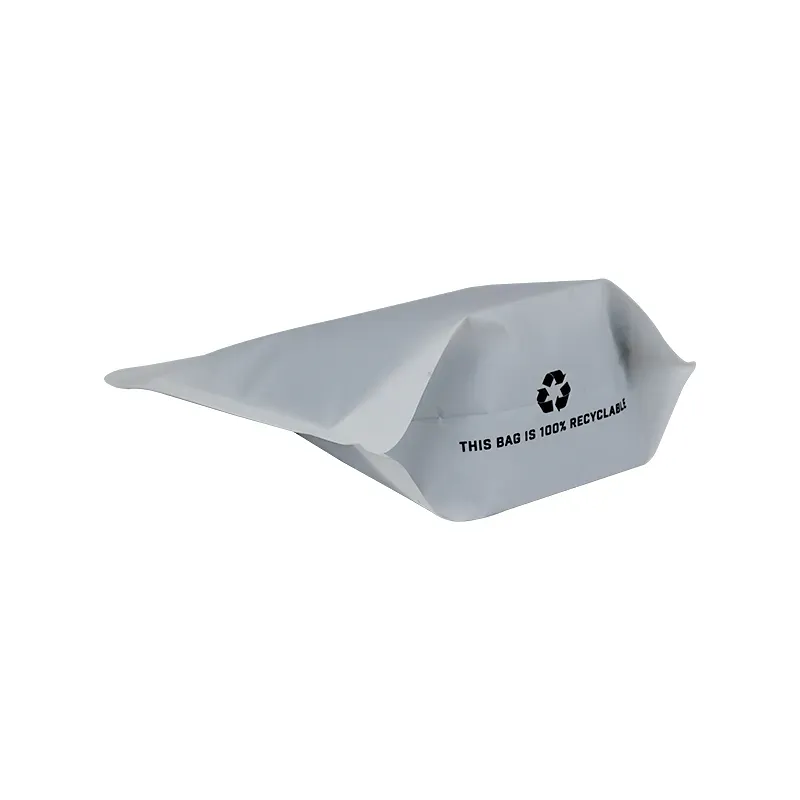- Afrikaans
- Albanian
- Amharic
- Arabic
- Armenian
- Azerbaijani
- Basque
- Belarusian
- Bengali
- Bosnian
- Bulgarian
- Catalan
- Cebuano
- chinese_simplified
- chinese_traditional
- Corsican
- Croatian
- Czech
- Danish
- Dutch
- English
- Esperanto
- Estonian
- Finnish
- French
- Frisian
- Galician
- Georgian
- German
- Greek
- Gujarati
- haitian_creole
- hausa
- hawaiian
- Hebrew
- Hindi
- Miao
- Hungarian
- Icelandic
- igbo
- Indonesian
- irish
- Italian
- Japanese
- Javanese
- Kannada
- kazakh
- Khmer
- Rwandese
- Korean
- Kurdish
- Kyrgyz
- Lao
- Latin
- Latvian
- Lithuanian
- Luxembourgish
- Macedonian
- Malgashi
- Malay
- Malayalam
- Maltese
- Maori
- Marathi
- Mongolian
- Myanmar
- Nepali
- Norwegian
- Norwegian
- Occitan
- Pashto
- Persian
- Polish
- Portuguese
- Punjabi
- Romanian
- Russian
- Samoan
- scottish-gaelic
- Serbian
- Sesotho
- Shona
- Sindhi
- Sinhala
- Slovak
- Slovenian
- Somali
- Spanish
- Sundanese
- Swahili
- Swedish
- Tagalog
- Tajik
- Tamil
- Tatar
- Telugu
- Thai
- Turkish
- Turkmen
- Ukrainian
- Urdu
- Uighur
- Uzbek
- Vietnamese
- Welsh
- Bantu
- Yiddish
- Yoruba
- Zulu
how much is a bag of fertilizer
The Cost of a Bag of Fertilizer What You Need to Know
Fertilizer is an essential component for successful gardening and agriculture. For homeowners and farmers alike, understanding the cost of fertilizer is crucial for effective budgeting and planning for the growing season. This article explores the various factors influencing the price of a bag of fertilizer and offers insights on how to make informed purchasing decisions.
Types of Fertilizer
First, it’s important to recognize that fertilizers come in various forms, each with its own cost structure. The two main categories are organic and synthetic fertilizers. Organic fertilizers, derived from natural sources like compost, manure, or bone meal, often come at a premium price due to the labor-intensive processes involved in their production. On the other hand, synthetic fertilizers, made from chemical compounds, are typically less expensive but can vary based on their nutrient content and brand reputation.
Nutrient Content
The price of fertilizer is heavily influenced by its nutrient content, which is represented by three key numbers on the packaging, known as the N-P-K ratio. The first number indicates the percentage of nitrogen (N), the second phosphorus (P), and the third potassium (K). For example, a fertilizer labeled 10-10-10 contains 10% of each nutrient.
Higher nutrient concentrations may lead to higher prices, but they can also mean that gardeners need to apply less product to achieve the desired results. Consequently, it is crucial to evaluate whether the higher initial cost is justified by the efficiency and effectiveness of the product.
Brand and Quality
The brand plays a significant role in the price of fertilizer as well. Established brands that emphasize high-quality products may charge more based on their reputation and reliability. In contrast, generic or lesser-known brands may offer lower prices but could compromise on quality or formulation. Thus, consumers should assess the effectiveness of different brands, read reviews, and consider their own gardening needs before making a purchase.
how much is a bag of fertilizer

Packaging Size
Fertilizer is typically sold in various package sizes, commonly ranging from small bags of 5 pounds to large bags of 50 pounds or more. The cost per pound often decreases with larger bags, making it more economical for gardeners with extensive planting or farming areas. However, for those with smaller gardens or limited space, buying smaller quantities might be more practical despite a higher cost per pound.
Seasonal Factors
Prices can also fluctuate based on seasonal demand. During peak planting seasons, such as spring and early summer, the demand for fertilizer can drive prices higher. Conversely, shopping for fertilizers during off-peak seasons can sometimes yield discounts or promotions. Gardeners who plan ahead can take advantage of these seasonal price shifts to save money.
Geographic Variability
Geographic location can impact the cost of fertilizer as well. In rural areas where farming is prevalent, fertilizers may be more readily available and competitively priced. In urban areas where gardening is more of a hobby, prices might be higher due to limited availability and increased shipping costs. Thus, local market conditions should be considered when budgeting for fertilizer purchases.
Conclusion
In summary, the cost of a bag of fertilizer varies widely depending on factors such as type, nutrient content, brand, packaging size, seasonal demand, and geographic location. Gardeners and farmers should first assess their specific needs and consider these factors before making a purchase. By doing so, they can ensure they are getting the best value for their investment and contribute to a successful gardening season. Whether you opt for organic or synthetic, it’s all about making choices that align with your gardening goals and budget.













